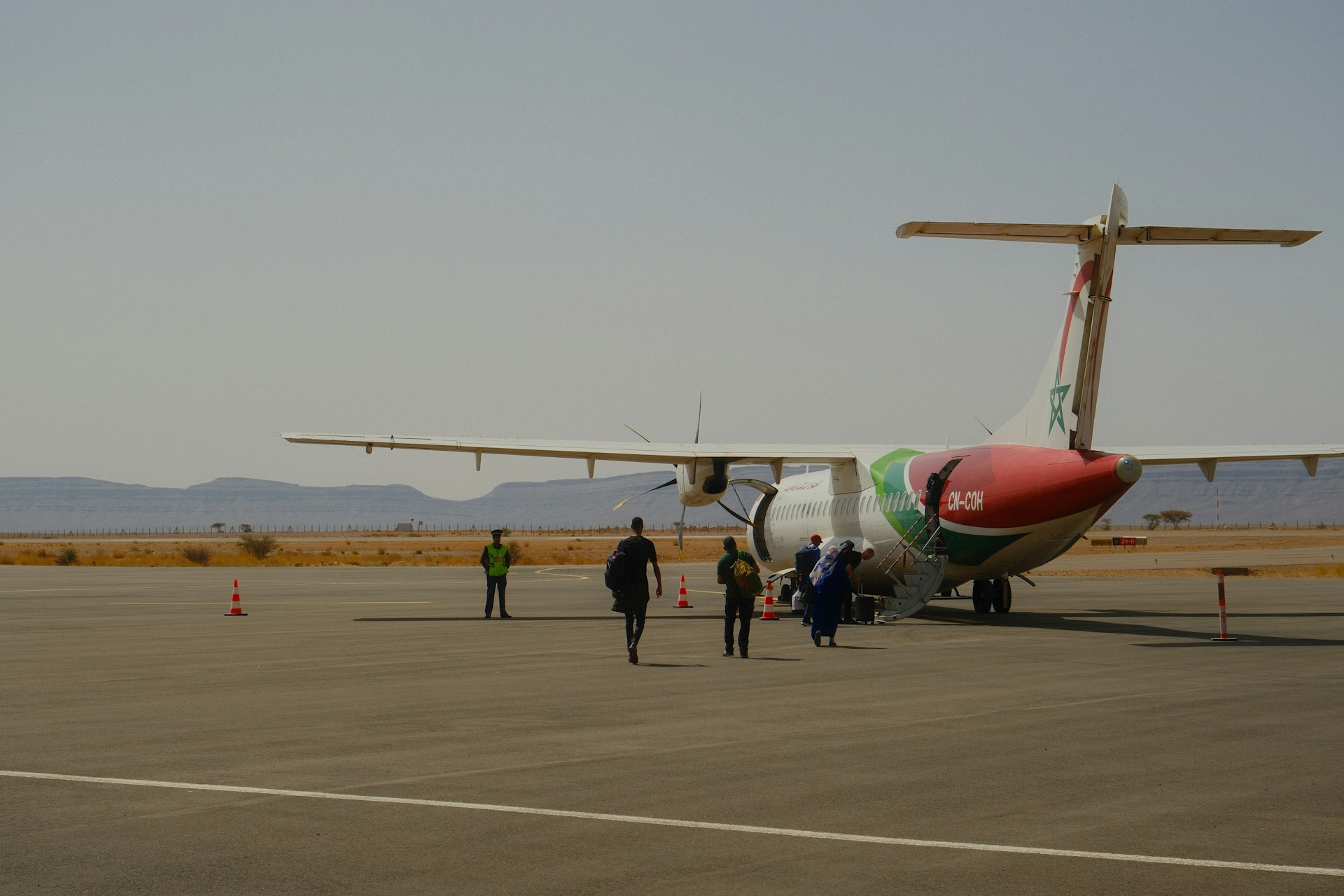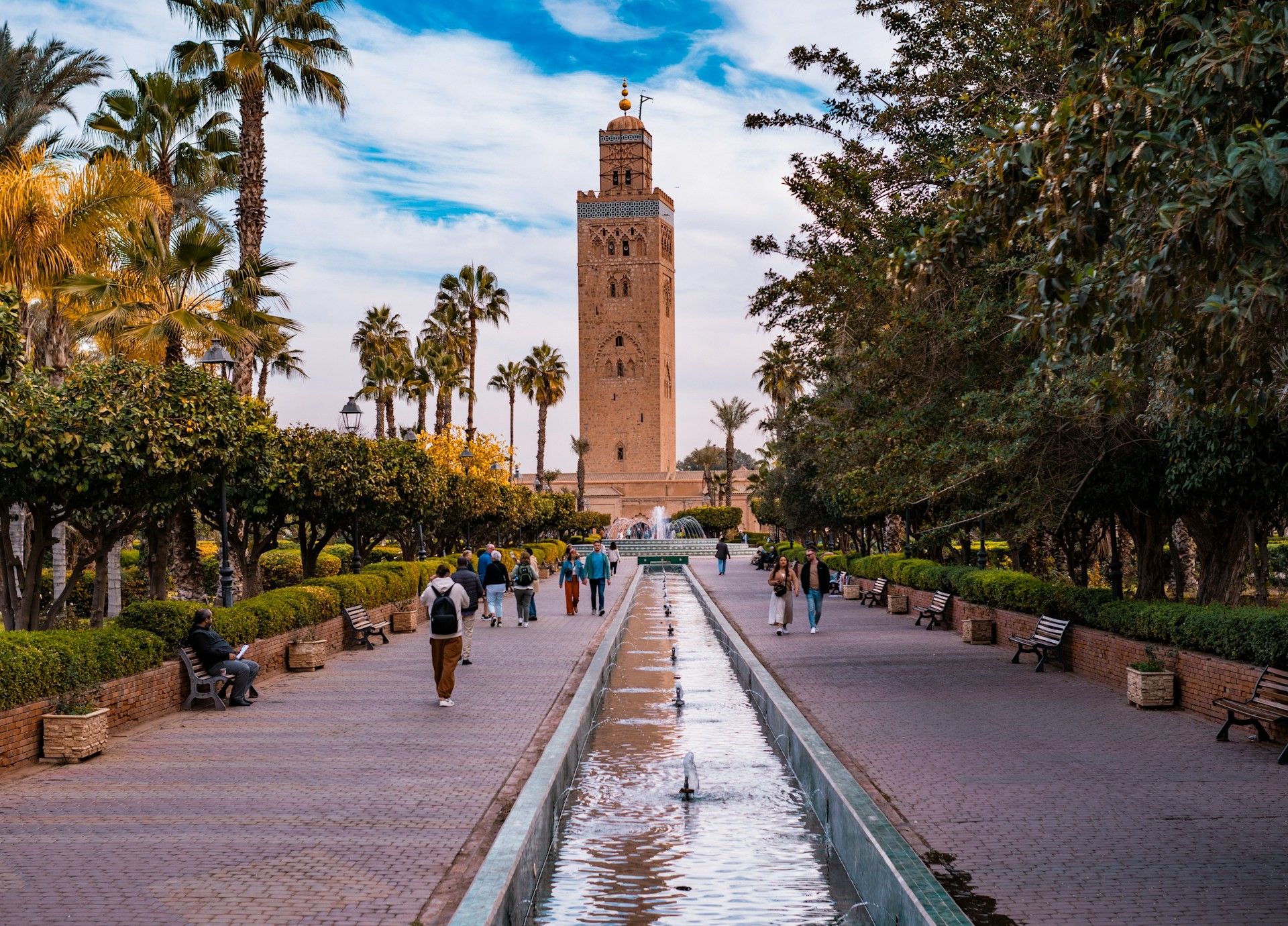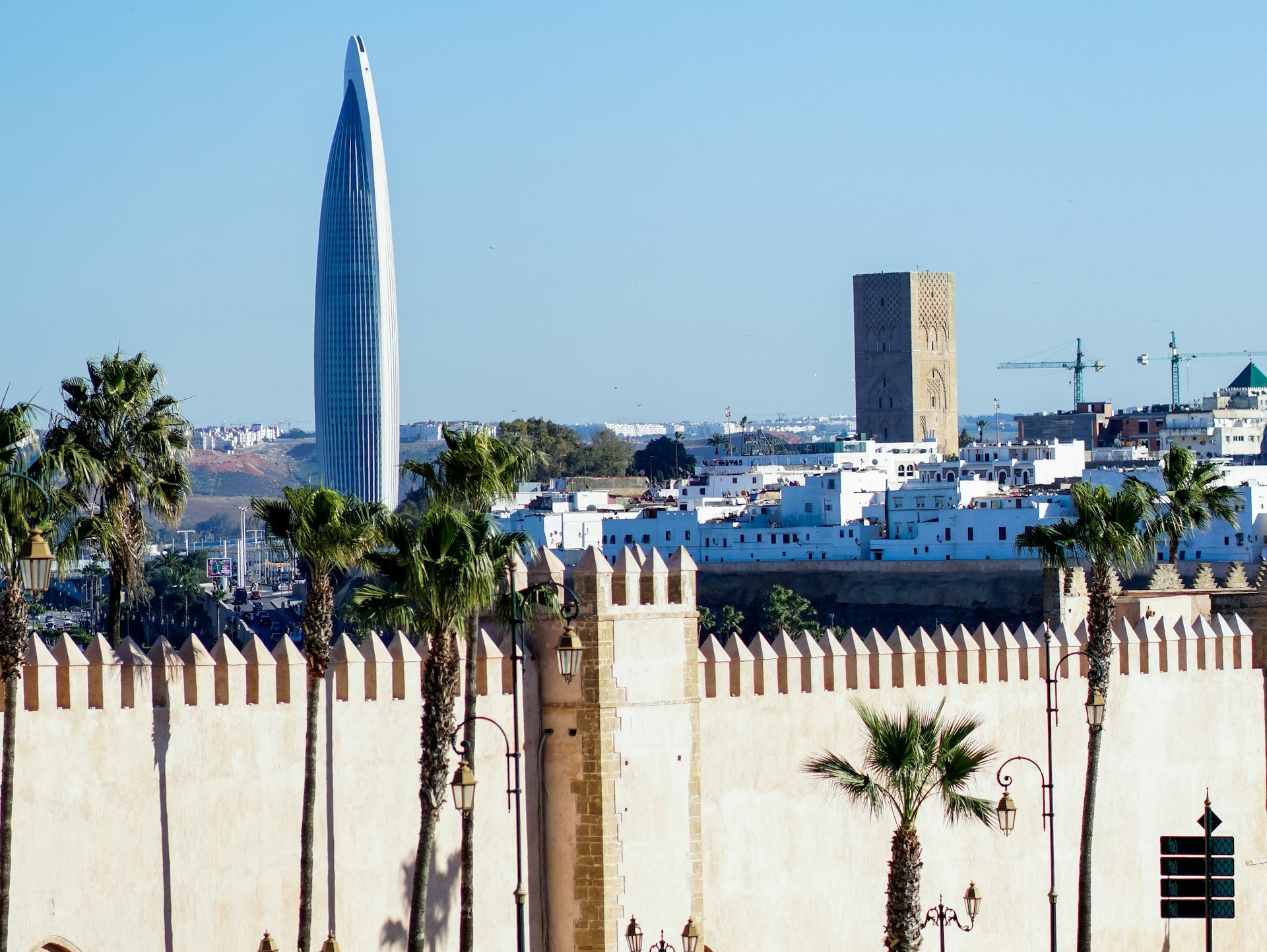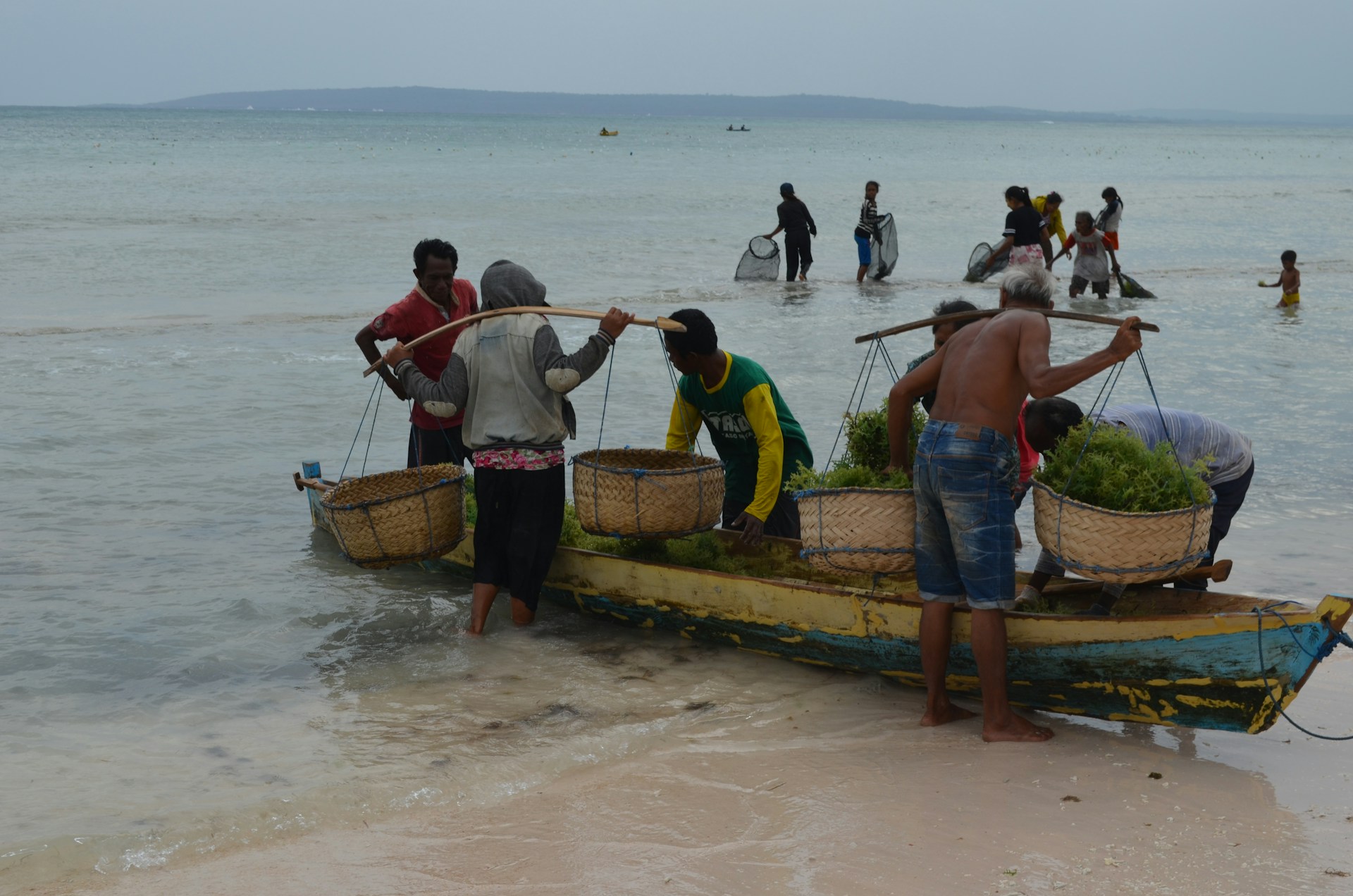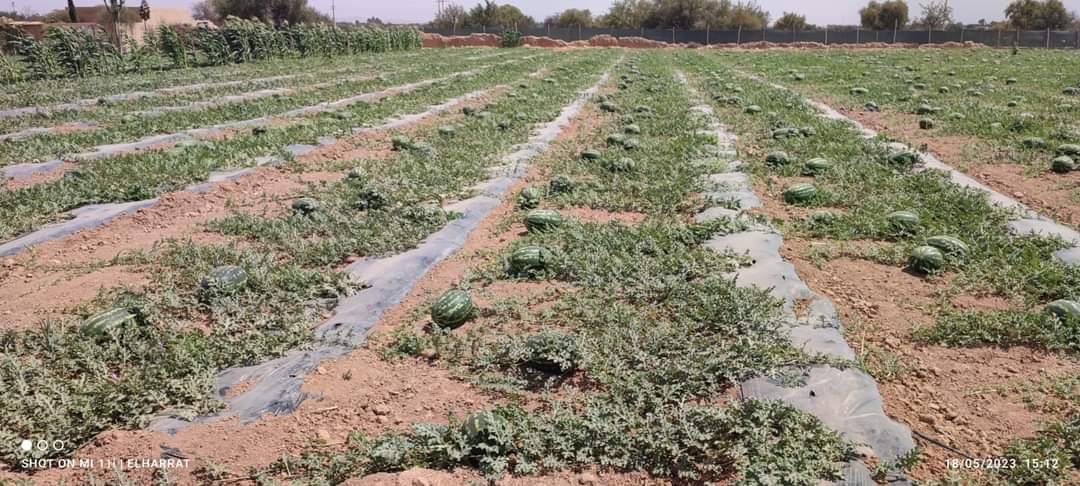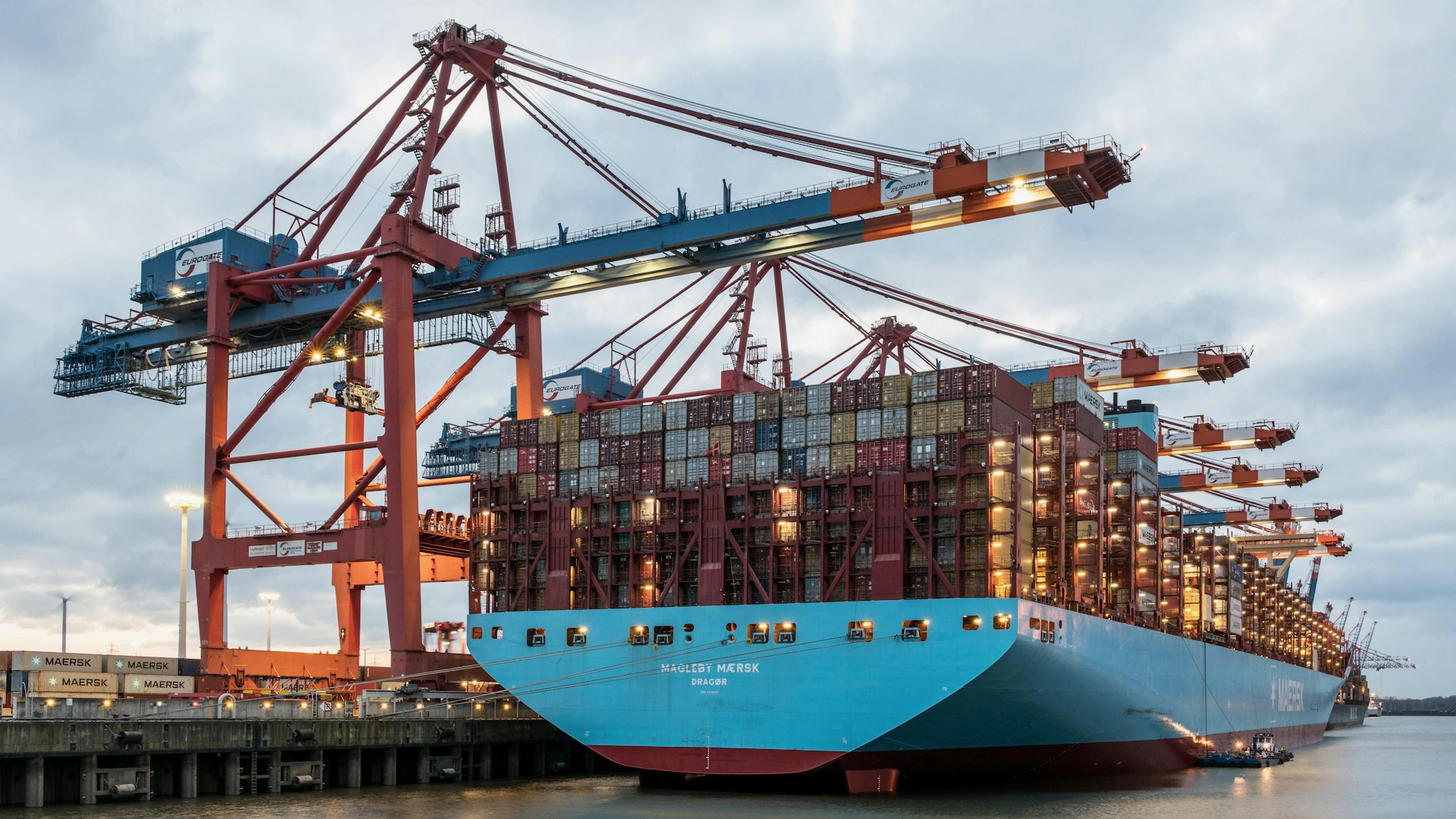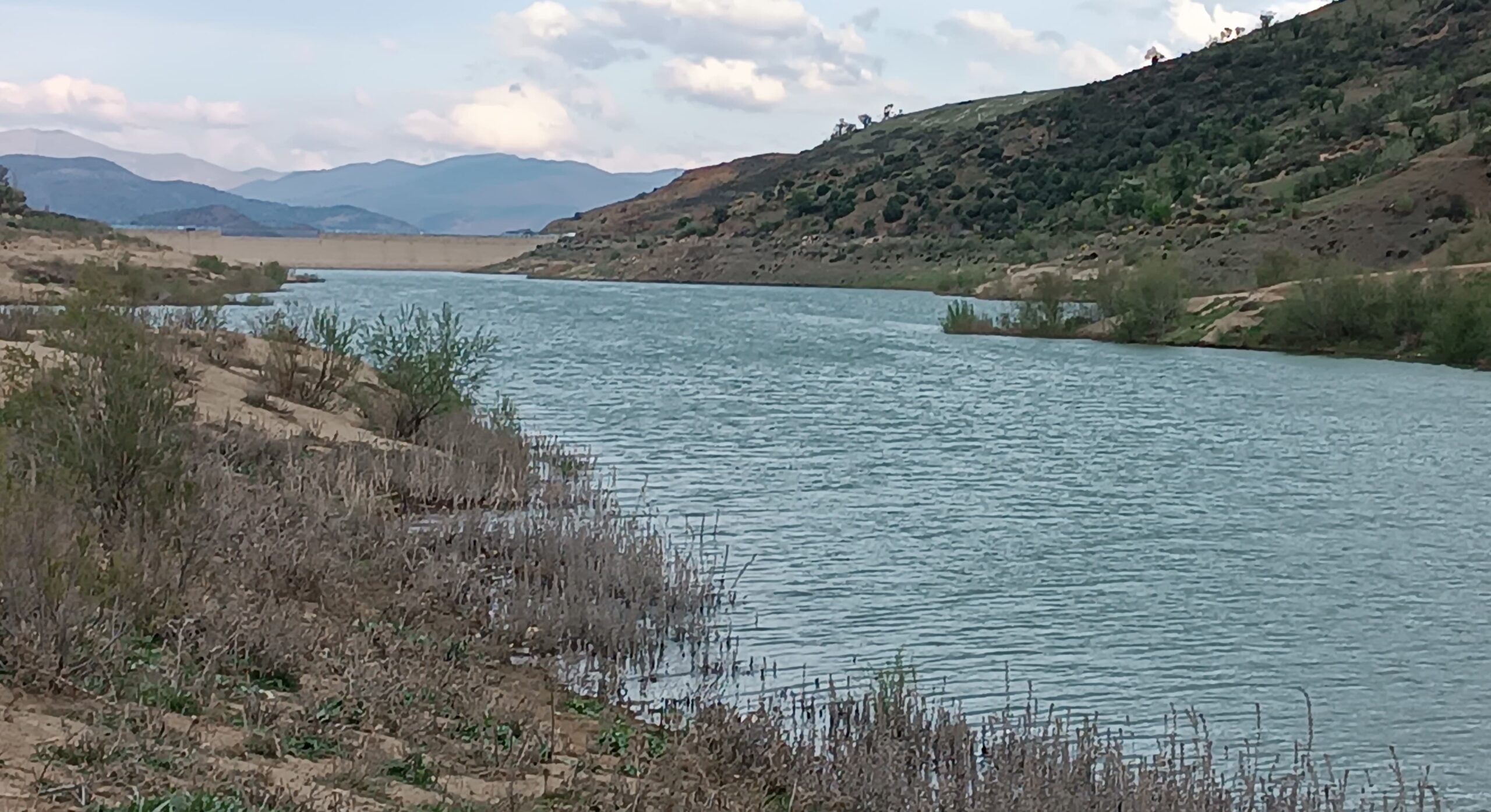Casablanca – Morocco’s tourism industry is showing robust growth and ambitious plans for the future, aiming to significantly boost its economic contribution and diversify its visitor base. According to recent data and projections from the Moroccan National Tourist Office (ONMT) and the World Travel & Tourism Council (WTTC), the sector is expected to remain a key pillar of the national economy through 2035, expanding both in revenue and employment while attracting tourists from an increasingly diverse range of countries.
Economic impact and job creation
In 2024, tourism contributed approximately $18.7 billion to Morocco’s GDP, representing 12.3% of the total economy — a notable 18.3% increase compared to 2019. This contribution is expected to grow to nearly $19.6 billion in 2025 and reach an estimated $27.8 billion by 2035, maintaining a steady annual growth rate of 3.6%.
Employment linked to tourism is also on the rise. In 2024, the sector supported around 1.4 million jobs, accounting for 13.6% of total employment. By 2035, this figure is forecast to increase to 1.8 million jobs, representing 15.1% of the national workforce, highlighting tourism’s critical role in socioeconomic development.
Visitor spending and market trends
Visitor spending remains a strong driver of growth. In 2024, international tourists spent approximately $13.2 billion, up 21.6% from 2019, while domestic tourists contributed $5.8 billion, marking an 11.3% rise. By 2035, international visitor spending is expected to reach nearly $18.4 billion, and domestic spending $8.7 billion.
Among international markets, France remains the largest source of visitors, accounting for 16% of arrivals, followed by Spain (10%), the UK (5%), the US (3%), and Italy (3%). However, Morocco is also making strategic efforts to diversify its tourist base, increasingly attracting visitors from emerging markets.
Rising Brazilian tourist arrivals
A clear example of this diversification is the surge in tourists from Brazil. Between January and April 2025, Moroccan tourist arrivals from Brazil jumped by 48% compared to the same period in 2024, reaching nearly 17,000 visitors. This growth accelerated following the resumption of the direct Casablanca–São Paulo flights in December 2024, operated by Royal Air Maroc, which now offers three weekly flights. April 2025 alone saw a 41% increase in Brazilian visitors compared to April 2024.
Though Brazilian tourists currently represent about 1% of Morocco’s international arrivals, their numbers are growing rapidly thanks to improved connectivity, active promotional campaigns by ONMT, and Morocco’s appeal as a cultural and historical destination. In 2024, over 40,000 Brazilians visited Morocco, a 7% increase over 2023, signaling the success of Morocco’s efforts to broaden its tourism markets.
Infrastructure and connectivity expansion
To support this growth, Morocco is heavily investing in expanding airport capacity, which is expected to more than double from 32 million to 74 million passengers by 2029. The national carrier Royal Air Maroc is also increasing its fleet from 50 aircraft in 2023 to 130 by 2030, and eventually 200 by 2037, allowing for greater flight frequencies and new routes—especially to key markets like France and Brazil.
Social, fiscal, and environmental dimensions
Tourism’s social impact is significant, providing 18.9% of female employment and 18.4% of jobs for young people aged 15-24. The sector contributed approximately $6.8 billion in tax revenue in 2023, accounting for 17.6% of the state’s fiscal income.
On the environmental front, the sector accounts for about 9.5% of Morocco’s greenhouse gas emissions, a slight increase from 8.9% in 2019. Efforts are underway to balance growth with sustainability, focusing on reducing fossil fuel dependence, which currently makes up 89% of the tourism sector’s energy use.
Outlook
Morocco’s tourism sector is positioned for sustained growth through 2035, with strong diversification strategies and substantial infrastructure investments. By welcoming more visitors from diverse markets—including growing numbers from South America—and hosting major international events like the Africa Cup of Nations in 2025 and the FIFA World Cup in 2030, Morocco aims to cement its status as a leading global tourist destination while maximizing economic and social benefits.
